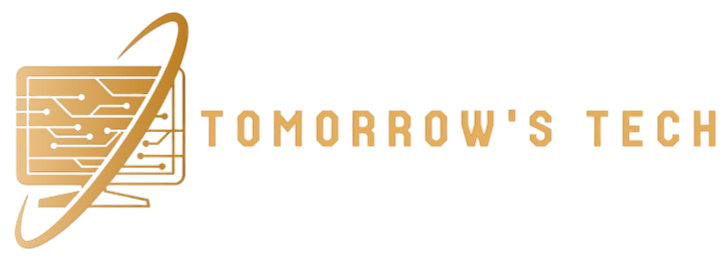The Evolution of Image Quality in AI Chat Tools
In recent years, the digital landscape has witnessed a significant transformation, particularly with the advent of AI chat tools. These platforms have not only enhanced communication but also revolutionized how we interact with images. This article delves into the evolution of image quality within these tools, highlighting key advancements, the implications for users, and what the future holds.
Historical Context
To understand the current state of image quality in AI chat tools, it is essential to take a step back and explore the journey these technologies have undergone. In the early stages of AI development, image processing capabilities were limited. The images generated or modified by AI were often pixelated, lacking clarity and detail. This was primarily due to the rudimentary algorithms that were employed at the time.
As machine learning and deep learning technologies evolved, researchers began to develop more sophisticated models that could analyze and generate images with greater accuracy. The introduction of Convolutional Neural Networks (CNNs) marked a turning point, allowing for improved feature extraction and image recognition processes.
Advancements in Image Quality
The most recent updates to AI chat tools have brought about remarkable improvements in image quality. With the incorporation of Generative Adversarial Networks (GANs), AI systems can now produce high-resolution images that are nearly indistinguishable from real photographs. These advancements have several implications:
- Enhanced Visual Communication: Users can share images that convey messages more effectively, leading to richer interactions.
- Creative Applications: Artists and designers can utilize AI-generated images as inspiration or even as part of their final works.
- Accessibility: High-quality images can help bridge communication gaps for users who rely on visuals to convey complex ideas.
Real-World Applications
The improvements in image quality have also led to practical applications across various industries. For instance, the healthcare sector has benefited immensely from AI chat tools that can analyze medical images with unprecedented accuracy. Radiologists can receive real-time feedback on X-rays and MRIs, streamlining diagnostics and improving patient outcomes.
Similarly, in the education sector, AI chat tools equipped with high-quality image processing have enabled teachers to create engaging visual content. Students can interact with images that illustrate complex concepts, enhancing their learning experience.
Pros and Cons of Image Quality Evolution
While the evolution of image quality in AI chat tools offers numerous benefits, it is essential to consider potential drawbacks.
Pros:
- Improved Communication: High-quality images foster clearer and more concise communication.
- Innovation in Content Creation: Creatives can explore new avenues for storytelling and artistic expression.
- Increased Engagement: Users are more likely to interact with visually appealing content.
Cons:
- Misuse of Technology: The ability to create hyper-realistic images raises ethical concerns regarding misinformation and manipulation.
- Overreliance on Visuals: Individuals may become overly dependent on images, neglecting the importance of written communication.
- Data Privacy Issues: The use of images can raise concerns about the privacy of individuals depicted in AI-generated content.
Future Predictions
The future of image quality in AI chat tools is promising. As technology continues to advance, we can expect further enhancements in image resolution and clarity. The integration of augmented reality (AR) and virtual reality (VR) into AI chat tools is likely to create immersive experiences that merge the physical and digital worlds.
Additionally, as ethical considerations surrounding AI-generated content gain traction, developers will need to establish best practices to mitigate potential misuse. This will involve implementing systems to verify the authenticity of images and educate users about responsible usage.
Conclusion
In summary, the evolution of image quality in AI chat tools has transformed the way we communicate and interact with visual content. From humble beginnings to cutting-edge advancements, the journey has been remarkable. While challenges remain, the potential for positive impact across various sectors is substantial. As we look to the future, embracing innovation while maintaining ethical standards will be crucial in harnessing the power of AI in visual communication.

